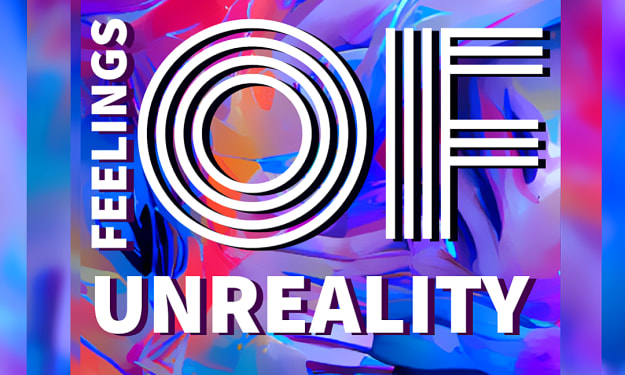
"The Absurdity of Waiting: An Analysis of Samuel Beckett's Waiting for Godot"
Samuel Beckett's "Waiting for Godot" is a play that continues to captivate and challenge audiences today, more than 70 years after its first publication. At its core, the play is a meditation on the human condition, exploring themes such as the futility of existence, the limits of language, and the need for companionship in the face of an uncertain and absurd world.
The play is set in a desolate landscape, where two main characters, Vladimir and Estragon, wait for the arrival of someone named Godot. As they wait, they engage in various discussions, arguments, and activities to pass the time, all the while questioning the purpose and meaning of their existence. The play is characterized by its minimalist stage setting, its circular structure, and its use of repetitive and nonsensical dialogue.
One of the most prominent themes in "Waiting for Godot" is the idea that human existence is inherently meaningless and that our efforts to find purpose and fulfillment are ultimately futile. The characters' endless waiting for Godot, who never arrives, is a metaphor for this idea, and the play suggests that the only way to cope with this existential dilemma is through humor and companionship.
The characters' struggle to find meaning in their lives is exemplified in their discussions about their hats. For example, in Act I, Vladimir and Estragon debate whether or not they should take off their hats. This seemingly trivial conversation takes on greater significance as the play progresses, as it becomes clear that the characters are searching for something to give their lives meaning.
The play's focus on the futility of human existence can be seen as both a strength and a weakness. On the one hand, it offers a powerful critique of the belief that life has inherent meaning or purpose. On the other hand, it may be seen as a bleak and nihilistic portrayal of the human condition, lacking in hope or optimism.
Another key theme in the play is the idea that language is ultimately inadequate to express the complexities of human experience. The characters' conversations are often circular, repetitive, and nonsensical, highlighting the limitations of language and our inability to fully understand and communicate with one another.
This is exemplified in the play's use of the phrase "nothing to be done", which is repeated several times throughout the play. The phrase is both a statement of fact and a commentary on the characters' inability to take action or control their circumstances. The repetition of this phrase underscores the play's theme of futility and emphasizes the characters' sense of helplessness.
The play's use of repetitive and nonsensical dialogue can be seen as both a strength and a weakness. On the one hand, it highlights the limits of language and the characters' struggle to communicate effectively. On the other hand, it can be seen as monotonous or unengaging, lacking in the emotional depth or complexity of more traditionally structured plays.
In addition to its themes, "Waiting for Godot" is also notable for its minimalist stage setting, which consists of little more than a tree and a barren landscape. This simplicity is intentional, as it emphasizes the characters' sense of isolation and helplessness. The play's circular structure, in which the characters repeat the same actions and conversations with little change or progress, also reinforces this sense of stagnation and futility.
Overall, "Waiting for Godot" is a powerful and thought-provoking work of literature that challenges our assumptions about the nature of existence and the purpose of life. Its strengths lie in its innovative use of language and its ability to capture the absurdity and meaninglessness of human existence, while its weaknesses may lie in its minimalist stage setting and its somewhat repetitive and circular structure.





Comments
There are no comments for this story
Be the first to respond and start the conversation.